EAT119: Electrical & Electronic Principles - Sensor, Logic & AC Load
VerifiedAdded on 2023/06/09
|7
|766
|321
Report
AI Summary
This report provides a detailed analysis and design of electrical and electronic circuits, focusing on three key areas: sensor circuit design, logic design, and AC load supply. The sensor circuit design involves calculating resistor values for a potential divider using given voltage and current parameters, followed by practical implementation using E12 series resistors. The logic design section details the implementation of a fault detection system for a water level monitoring application using logic gates, with a Boolean expression derived and tested using Logisim. Finally, the AC load supply section calculates the required base resistor value for an NPN transistor to operate in saturation, controlling a relay coil connected to an AC load, with a diode included for protection. This report showcases practical application of electrical and electronic principles and is available for review on Desklib, where students can find a wide array of solved assignments and past papers.
1 out of 7
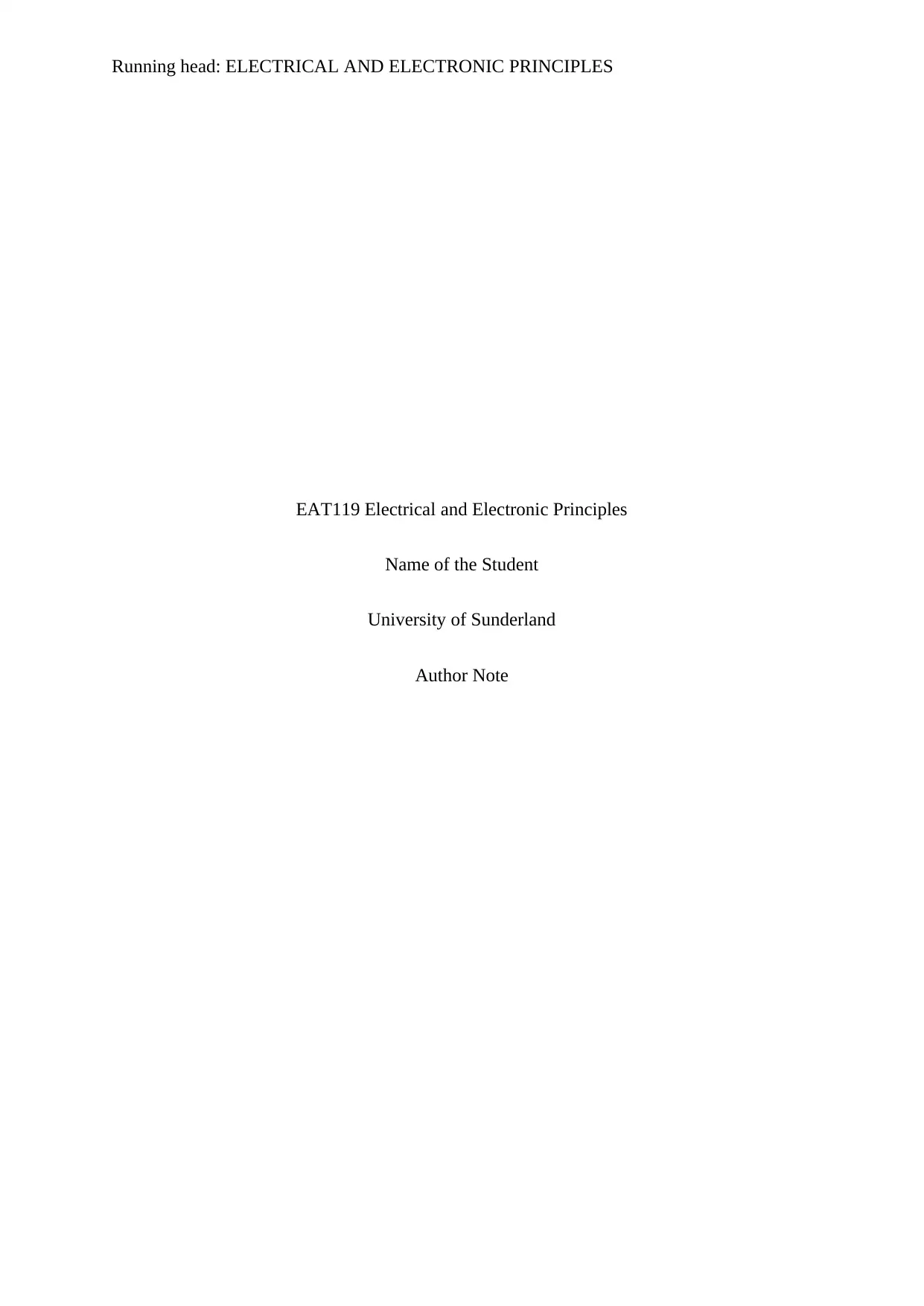

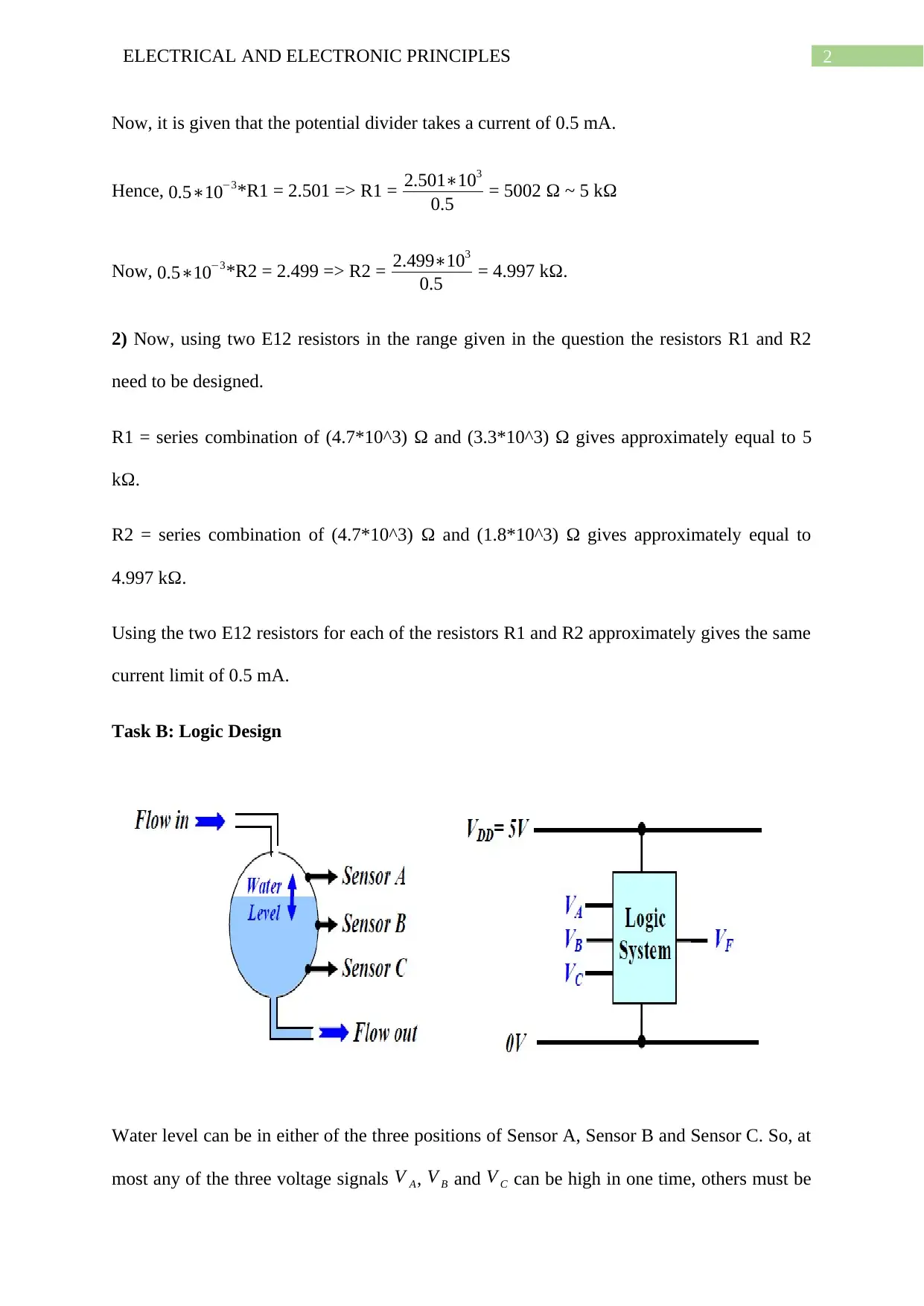

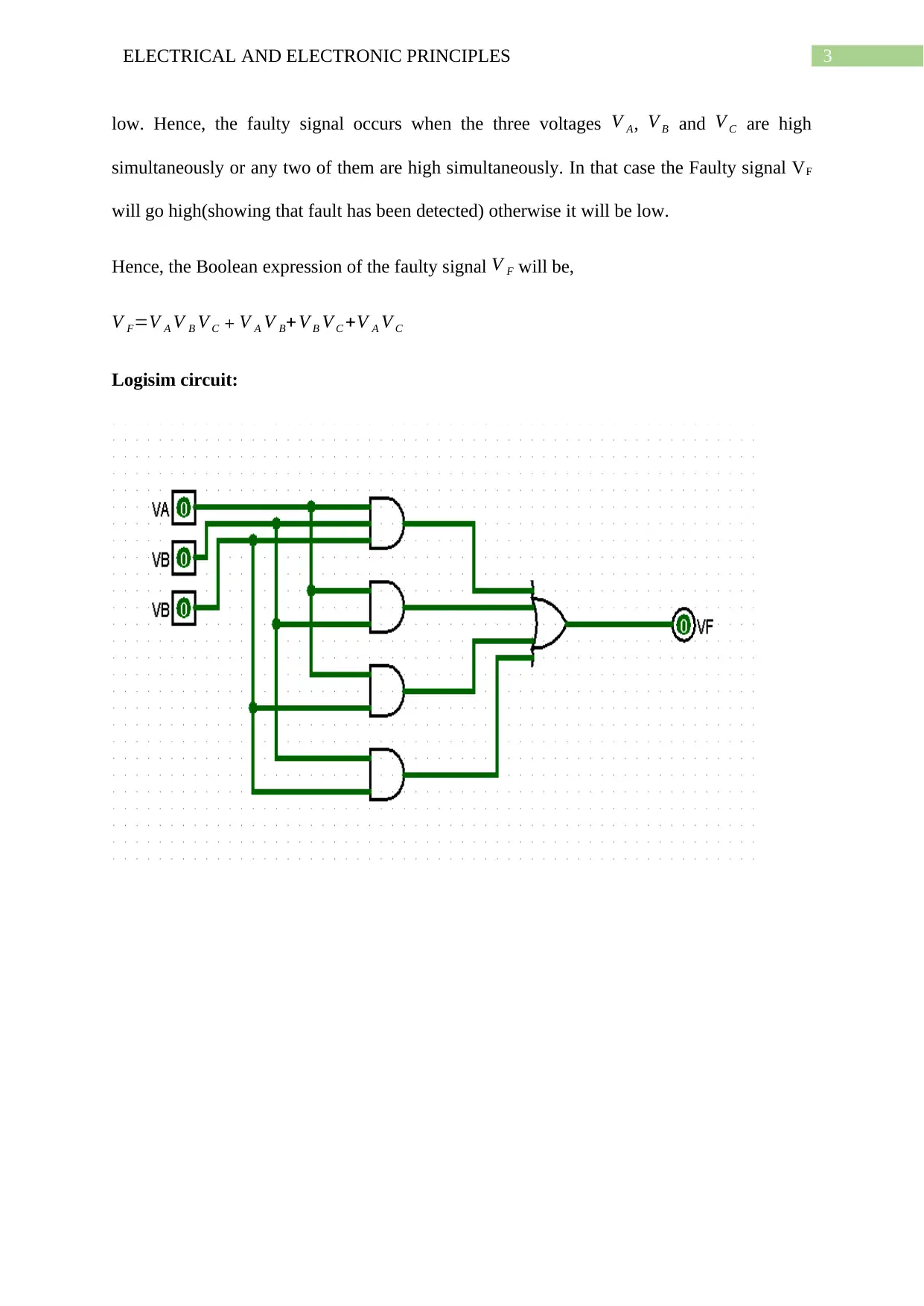
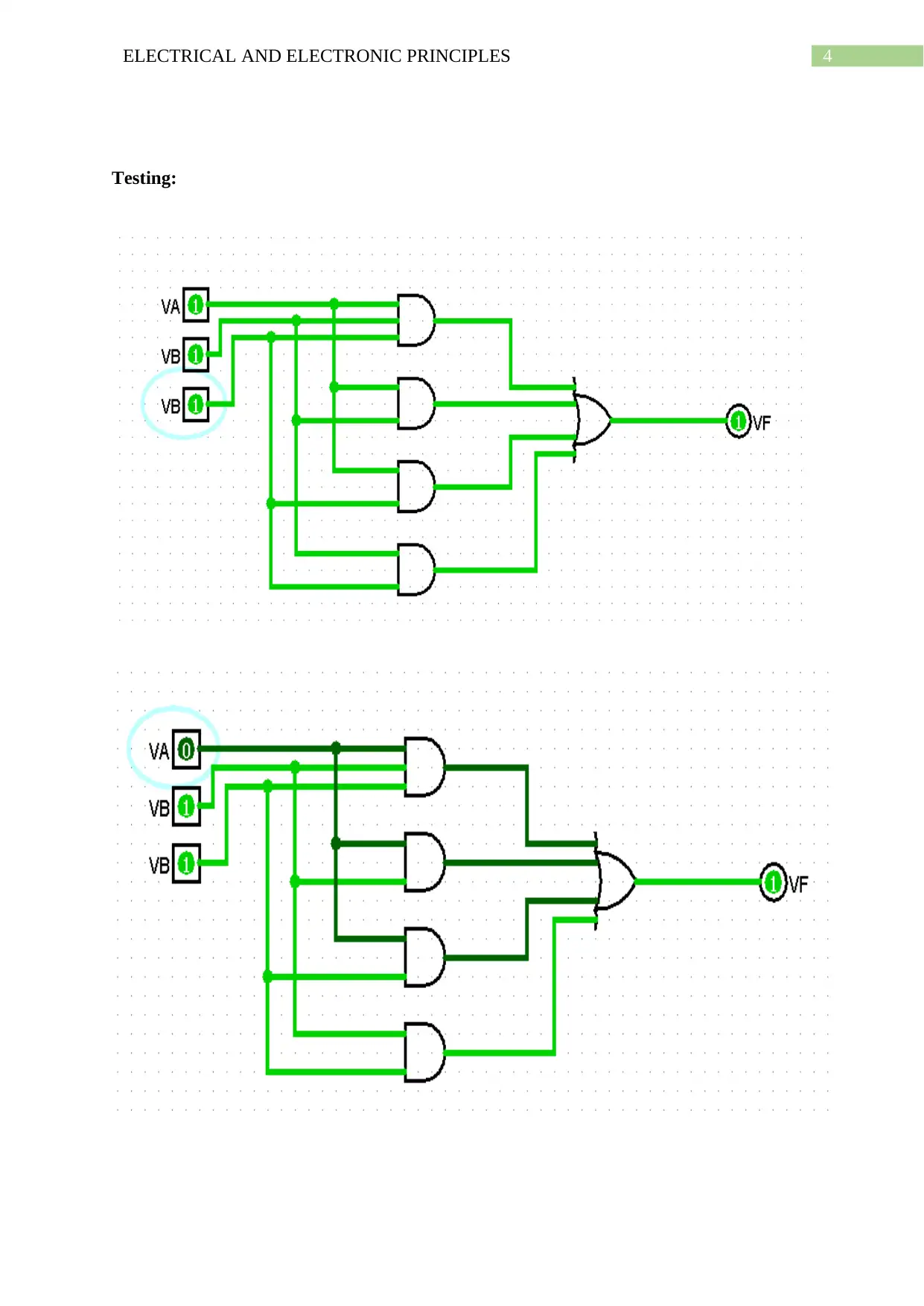
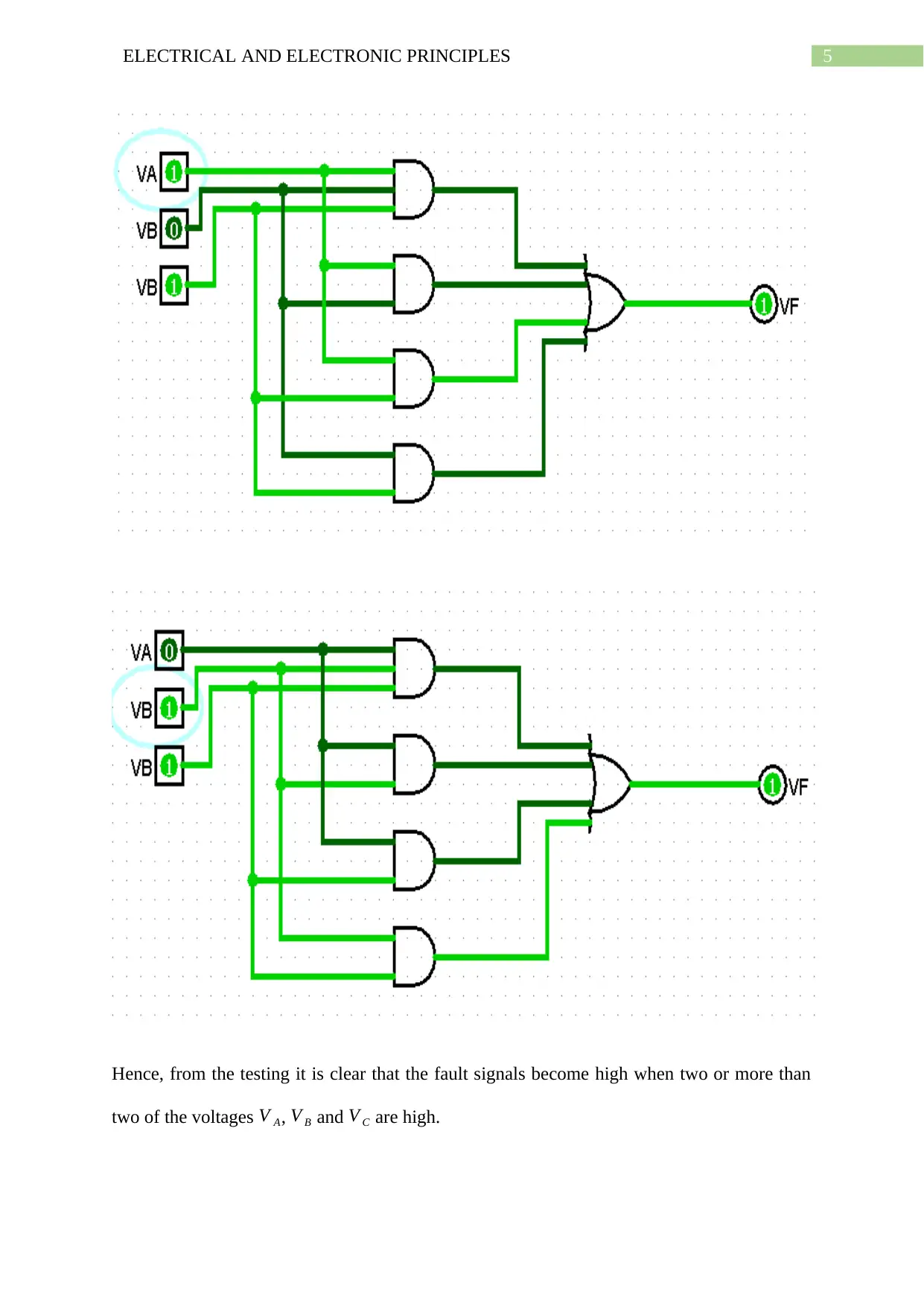







![[object Object]](/_next/static/media/star-bottom.7253800d.svg)